目次~Table of Contents
Location and History
Mountain being meant for Castles
Takatenjin Castle was located in Totomi Province which is the modern day the western part of Shizuoka Prefecture. It was a simple mountain castle made of soil, but it had a very good location for controlling the province. Many warlords wanted to capture this castle, as a result, what happened in the castle ultimately decided the destinies of both the Takeda Clan and Tokugawa Clan. The mountain where the castle was built on is only 132m high, about 100m from the foot. However, the ridges of it are complicatedly curved and its slopes are quite steep. Moreover, the top of it is not so large, and the view from the top is very clear. That means small defenders could easily protect this castle from attacks of large troops. This mountain was meant for castles.
The range of Totomi Province and the location of the castle The relief map around the castle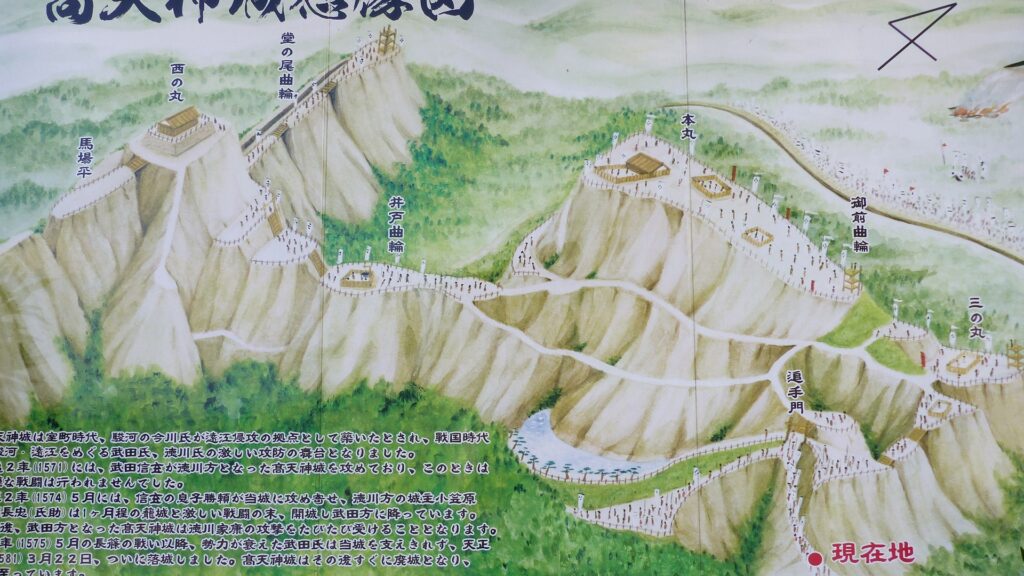
Battles between Imagawa, Takeda and Tokugawa Clans
It is uncertain when the castle was first built, but the Imagawa Clan was the latest owner of the castle in the first 16th Century. After the Imagawa Clan’s power weakened, Ieyasu Tokugawa managed to capture the castle. Shingen Takeda, who was one of the greatest warlords, also wanted this castle, therefore attacked the castle in 1571. however, he failed to do so before his death in 1572. Singen’s son, Katsuyori Takeda tried to achieve this by building Suwahara Castle in 1573, the north region of Takatenjin Castle, as a foothold. Katsuyori assaulted Takatenjin Castle in 1574, then he managed to capture the castle because the defenders surrendered. He was probably at peak of his power having the largest territory and the highest reputation for the clan at that point.


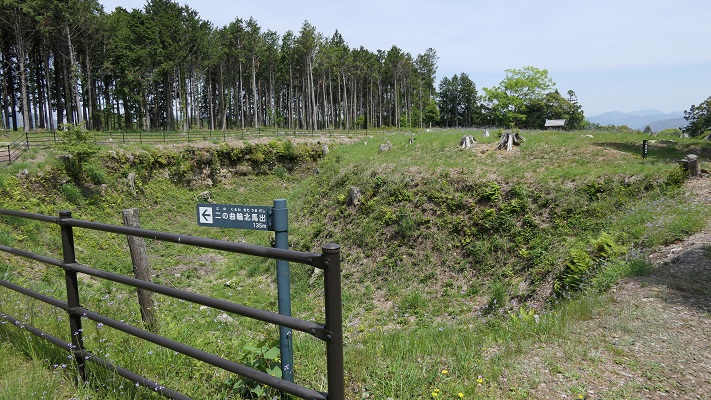
However, the trend quickly changed after Katsuyori was completely defeated in the Battle of Nagashino near Nagashino Castle by the allies of Nobunaga Oda and Ieyasu in 1575. Ieyasu then started to counterattack in order to get the territory in Totomi Province which included Takatenjin Castle one by one. He first took Suwahara Castle away from Katsuyori in 1576. The castle had been the foundation of capturing Takatenjin Castle once for Katsuyori, but became the one for Ieyasu later on. Ieyasu next built a new castle called it Yokosuka Castle, in the west of Takatenjin Castle, in 1578 to supply his troops and avoid Takeda’s effort to supply to Takatenjin. On the other hand, Takeda improved Takatenjin Castle by building earthen walls, dry moats and ditches between enclosures in the western part of the castle. This was the only the part connected to other mountains. As a result, the castle became much stronger. The final battle was on the horizon.

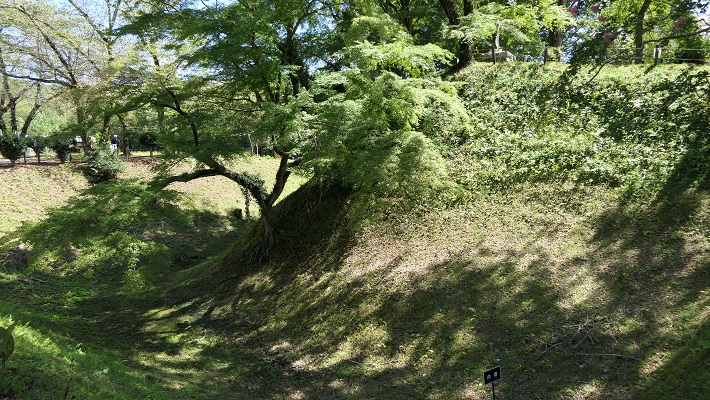
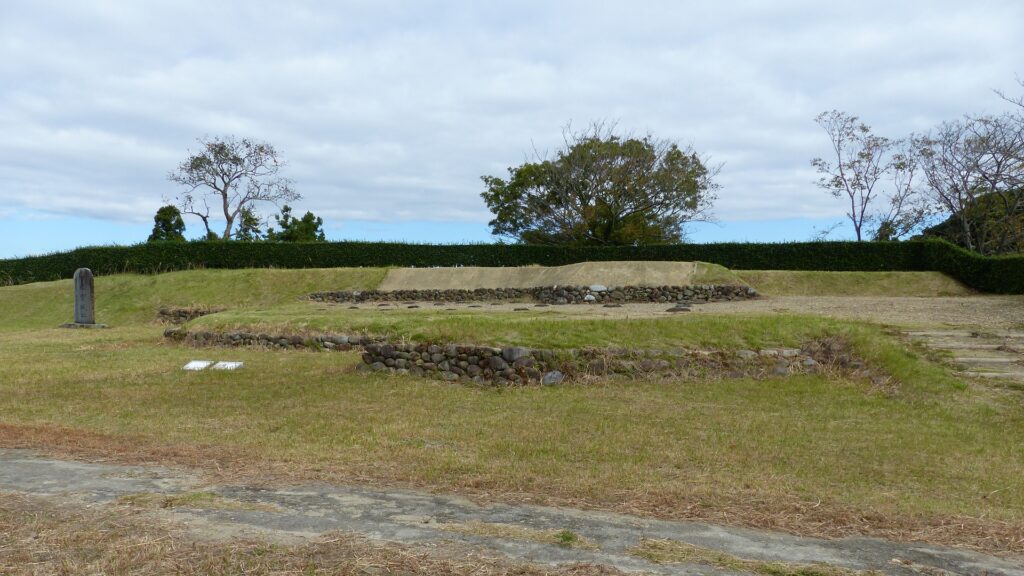
Ieyasu’s careful attack
Unlike Katsuyori, Ieyasu didn’t assault the castle. He probably understood he couldn’t get the castle so easily. He took a long time building many other fortresses around the castle to besiege it. The Six Takatenjin Forts (Fort Ogasayama, Nogasaka, Higamine, Shishigahana, Nakamura, and Mitsuiyama) are well known, but in fact, there were as many as 20 fortresses built. Each fortress had a distinct role, such as supplying like Fort Nakamura or preventing from Takeda’s attack like Fort Higamine, and containing the castle like Fort Sannosan. Therefore, Takatenjin Castle was completely isolated.

Ieyasu’s long-awaited attack of Takatenjin Castle started in 1580, while Katuyori had problems sending his reinforcement to the castle. This was because Katsuyori’s strength decreased and had to prepare for many other enemies. The starving defenders of the castle urged Ieyasu to surrender. However, the leader of the allies, Nobunaga couldn’t accept it, which was a rare case even during the Sengoku Period when many battles happened. In 1581, the defenders made one last desperate attack from the castle and but were eventually defeated before the castle fell in the end.

Turning point of destinies of Ieyasu and Katsuyori
It was said that Nobunaga aimed to ruin Katsuyori’s reputation by showing that Katsuyori couldn’t protect the castle until the last moment. As a matter of fact, when Nobunaga invaded Katsuyori’s territory the next year, almost all retainers of Katsuyori surrendered or escaped from their master without fighting any battles. The battle of Takatenjin Castle would eventually lead to the destruction of the Takeda Clan which may have been a trigger for Ieyasu to be the final ruler of Japan later on.
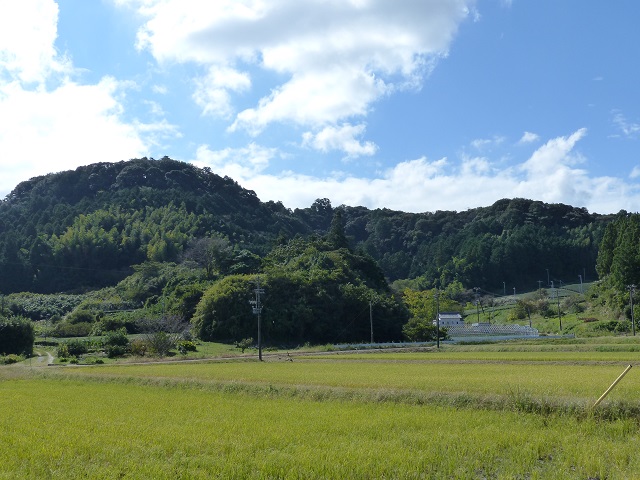

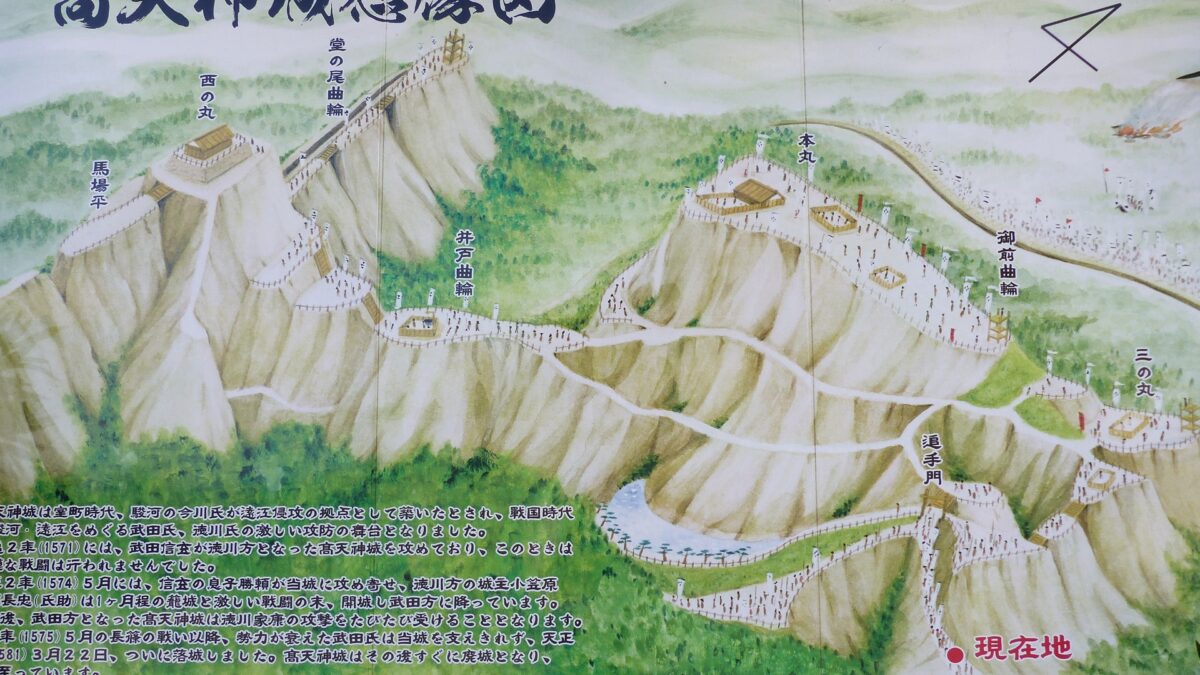
「147.Takatenjin Castle Part1」への3件のフィードバック